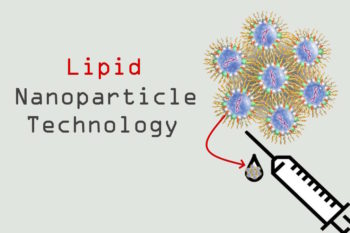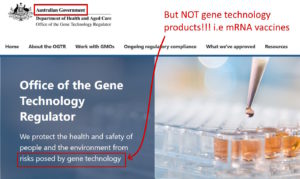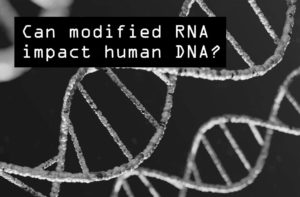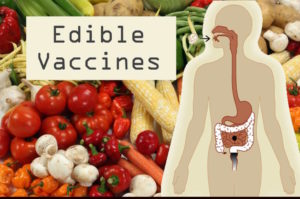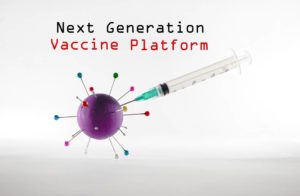The term “plasmid” is proposed – a precursor to biotechnology
Published October 1, 1952 Joshua Lederberg proposed the generic term "plasmid" for any simple or complex "extrachromosomal hereditary determinant". The term “plasmid” is derived as a hybrid of "cytoplasm" and "id" (Latin for 'it'). Plasmids were discovered in the 1940s but were referenced by a "plethora of terms" such as cytogenes, proviruses, pangenes etc. [1] A plasmid is circular DNA, found especially in bacteria, that is physically separate from the bacteria's chromosomal DNA, and can replicate separately. In 1958 Japanese scientists discovered the transferable R-factors in bacteria with plasmids which caused them to become antibiotic resistant. The year before, in 1951 Joshua’s wife, Esther Lederberg, discovered the bacteriophage (bacterial virus) lambda in E. coli. [4] Plasmids were the first instruments in genetic engineering. Once Boyer & Cohen's 1972 collaborative finding that plasmid could be cut with a "restriction enzyme" and a foreign gene could be inserted, the stage was set for genetic revolution. [2] Pfizer-BioNTech used plasmids in antibiotic resistant E.coli to mass produce the SARS-CoV-2 spike mRNA for their COVID-19 vaccines (Process 2), which concerningly was a different process to the stock used in their clinical trials (Process 1). [3]


